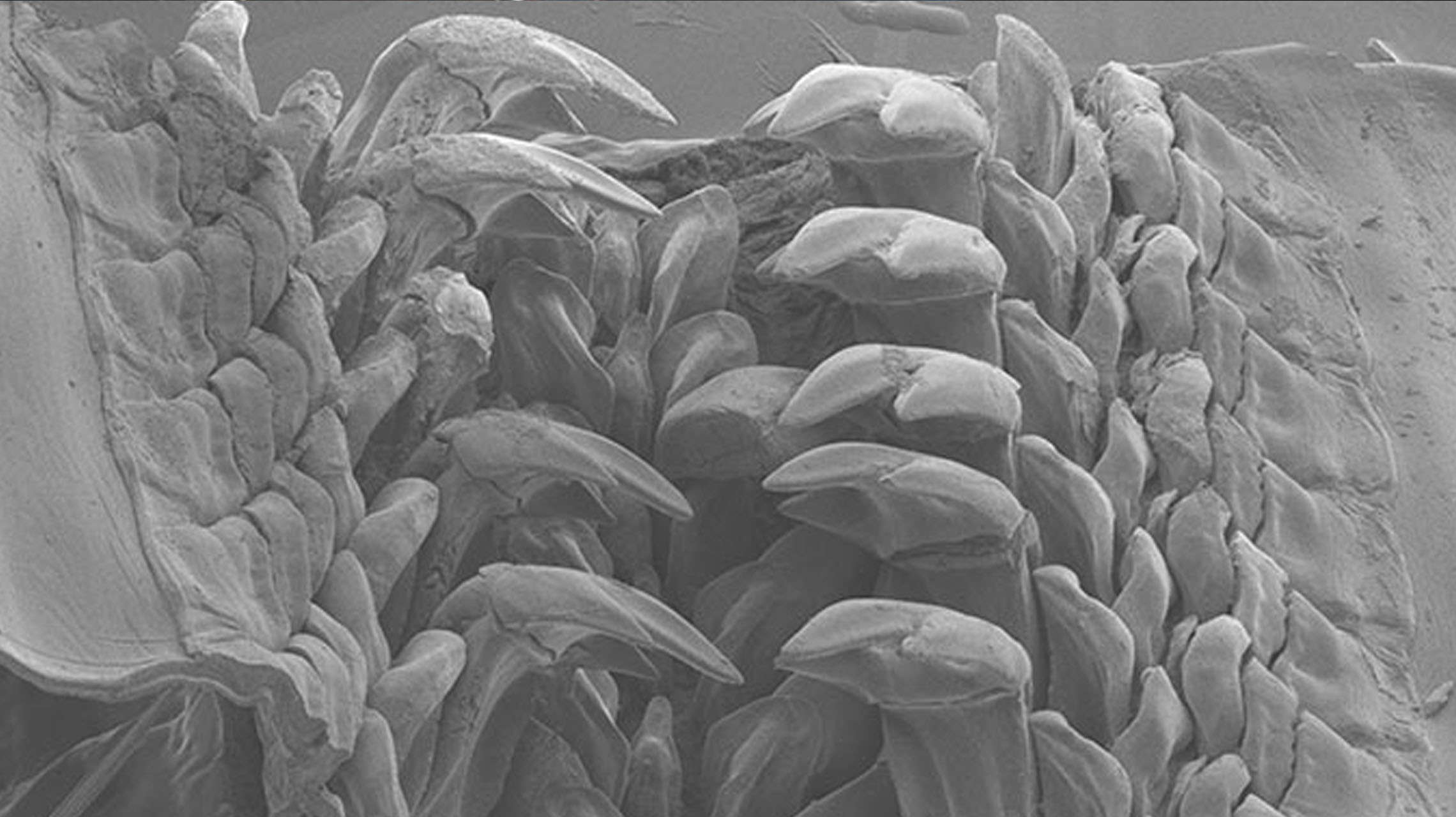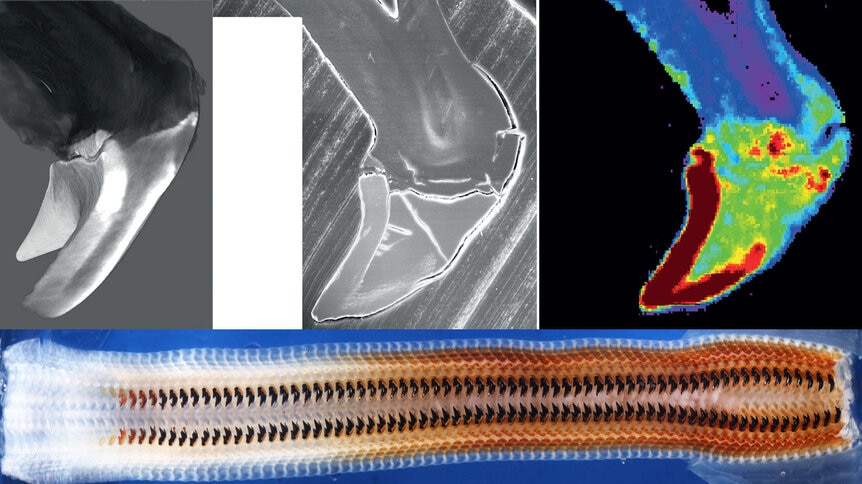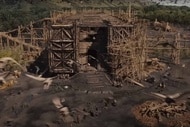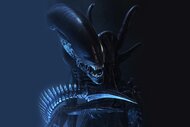Create a free profile to get unlimited access to exclusive videos, sweepstakes, and more!
Yes, there is such a thing as a wandering meatloaf creature with iron teeth

There are life-forms on this planet alien enough to convince us Earthlings were the aliens all along. The wandering meatloaf is one of them. It could pass for a reject from Aqua Teen Hunger Force, but Cryptochiton stelleri is yesterday’s meatloaf in living form.
This creature is actually a chiton — a mollusk more closely related to snails and slugs than something questionable in the back of your fridge. It is, in a way, a sort of oversized slug. The weirdness hardly stops there. Its iron teeth are covered in magnetite, and it is the only known organism with santabarbaraite (usually found in rocks) in its body.
That would be just about the last thing to expect from something that looks like this.
Nobody knows how the mystery meat mollusk evolved teeth on its tongue, or radula. What really attracts scientists is their toughness. This is why but materials scientist Derk Joester of Northwestern University, who led a study recently published in PNAS, believes that C. stelleri could inspire future biomaterials that are stronger than ever. He and his team 3D-printed one themselves.
“With a bit of development, our biomaterial could be used to create parts for things like soft robots, for which you print the entire structure with stiffer parts and more flexible parts all at once,” he told SYFY WIRE. “Because of the different mechanical properties, the structure could then have functions that you would need different parts for otherwise.”
The meatloaf wanders through rocks at the edge of the sea, using its radula to scrape algae off of them. Even teeth with an outer layer three times as hard as human enamel will wear down from that. That explains why it sheds them every three to five days, as opposed to our species getting only one chance for our teeth to regenerate. Teeth made out of industrial-strength materials might also give it an edge over anything else that eats algae growing on rock.
Joester and his research team are especially interested in the stylus of C. stelleri’s radula. In molluscus, the stylus is the interface between teeth and flesh which supports the teeth as they scrape away. What makes this one stand out is that it is actually made of mineralized tissue, with nanoparticles of rare iron-based santabarbaraite, an inorganic mineral which has never been successfully created in a lab. The stylus is thought to be so resilient because of amorphous minerals, like magnetite, that are highly dense and do not have a crystalline structure.
“If you use an amorphous, hydrated mineral to strengthen a composite, then you add less weight at the same volume of mineral particles,” Joester said. “The resulting material is therefore stronger at lower overall density, which is very important for lightweight construction. It is ideal in aerospace applications and could make cars more energy-efficient.”
Amorphous iron phosphate and santabarbaraite both occur in the stylus, and while they might be close, the synthesis of iron phosphate does not produce santabarbaraite. This probably means the meatloaf’s genes program it to synthesize amorphic iron phosphate in one part of any given tooth and santabarbaraite in a different part. Duplicating the properties of the C. stelleri stylus meant coming as close to santabarbaraite as possible. The researchers used similar nanoparticles to print materials that were light but amazingly strong.
With these superpowered materials, soft robots could go exploring in Martian lava tubes and other places less flexible bots could never crawl through. They could determine whether there is life in the dark crevices of other planets and where humans could create underground habitats that need no additional measures to block killer radiation.
As an era of space tech that was previously unimaginable dawns on us, you have to wonder. Maybe we are the aliens.















